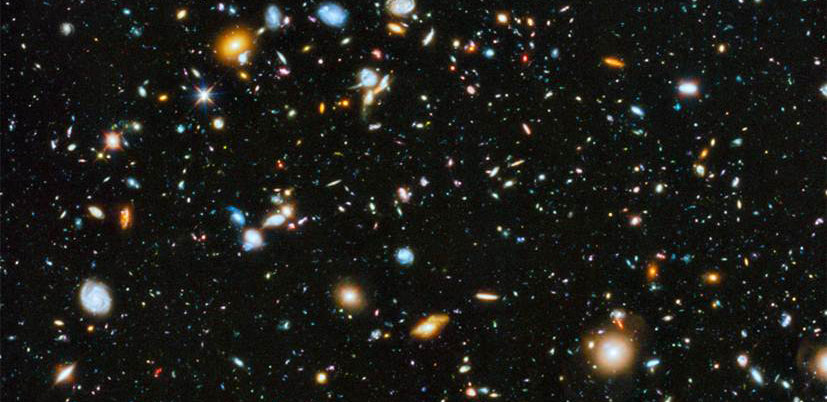
What’s Up in Space News? July 2014
July 2014 :
Happy Summer! If you’re like me you’re looking forward to some warm weather and weekends filled with outdoor activities and backyard get-togethers with family and friends. But while we’re cooking on our grills and inflating the pool toys* there are plenty of hardworking robots and satellites scattered across the Solar System who aren’t taking any time off in their exploration duties. Here are some of the most recent discoveries they – and their busy teams of scientists and engineers – have made about our family of planets and the amazing Universe we live in:
*If you personally have a pool, feel free to invite me over.
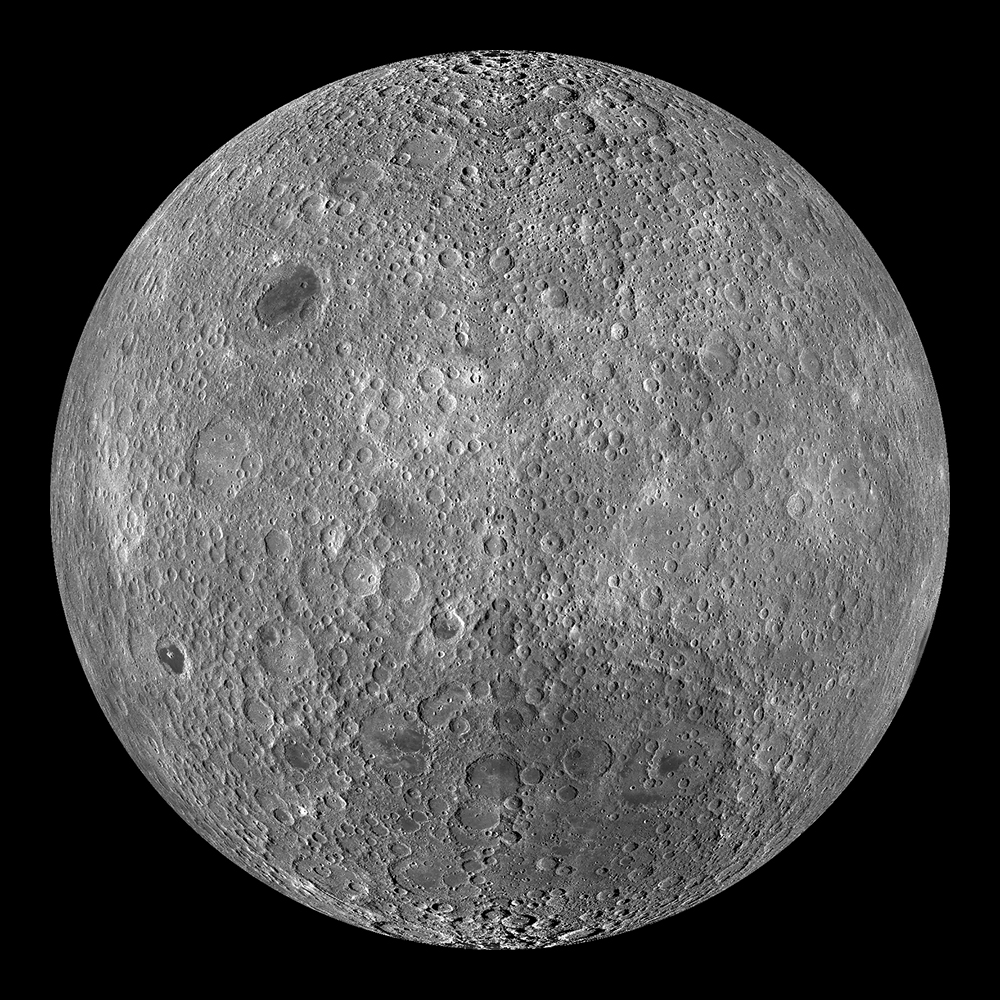
Earth’s Heat Warmed the Man in the Moon
Ever wonder why there just so happens to be a “man in the moon” (or a rabbit, if you’re lagomorphically inclined) on side of the moon that faces us but not on the other? It’s true, the lunar farside is covered with rugged highlands and craters but noticeably lacking in the giant dark, solidified lava flows that make up the nearside “seas.” As it turns out, it was the heat from Earth left over from the catastrophic collision that formed the moon that helped to keep the near side crust thin, allowing meteorite impacts to more easily release subsurface magma. Read more about the solution to this 50-year-old mystery here.

Hubble Creates the Most “Colorful” View of the Cosmos
If you’ve ever seen the famous Hubble Ultra Deep Field image, you know how insanely amazing it is. In just a tiny sliver of sky it reveals nearly ten thousand individual galaxies, some as they appeared less than a billion years after the birth of the universe. Astronomers have recently revisited the 2003-2009 HUDF survey and included more recent observations in ultraviolet wavelengths, creating what is now called “the most colorful view of the universe” which shows not only galaxies but also the active star formation within them. Read more here.
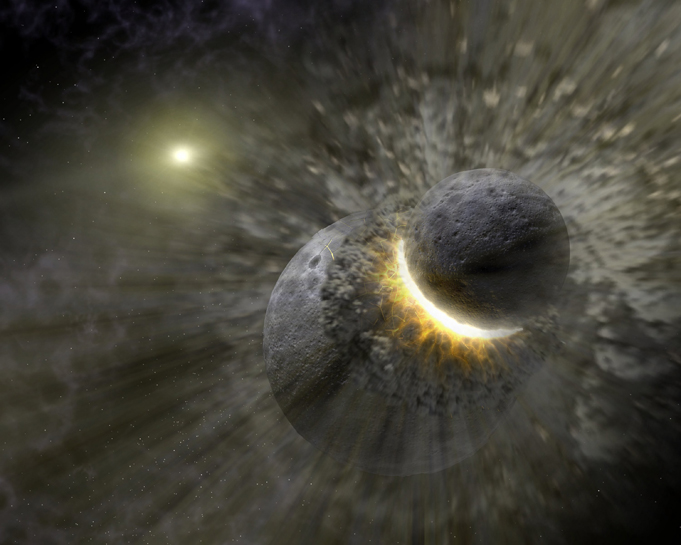
Oxygen Supports Our Moon’s Violet Origin
Let’s get back to the moon for a moment, because who doesn’t love the moon? (Except when it’s getting in the way of some star gazing, of course!) Currently the most-accepted hypothesis of the moon’s origin is a collision between the early Earth and a Mars-sized protoplanet -- nicknamed Theia -- over four and a half billion years ago. While such an event obviously can’t be “proven” (not that science is in the business of proving things) the current state of the Earth and moon system support this Giant Impact Hypothesis, even down to oxygen isotopes recently measured in lunar samples returned by Apollo astronauts. It seems our moon may be a bit of a mongrel, made up of about half Earth and half Theia. Read more here.
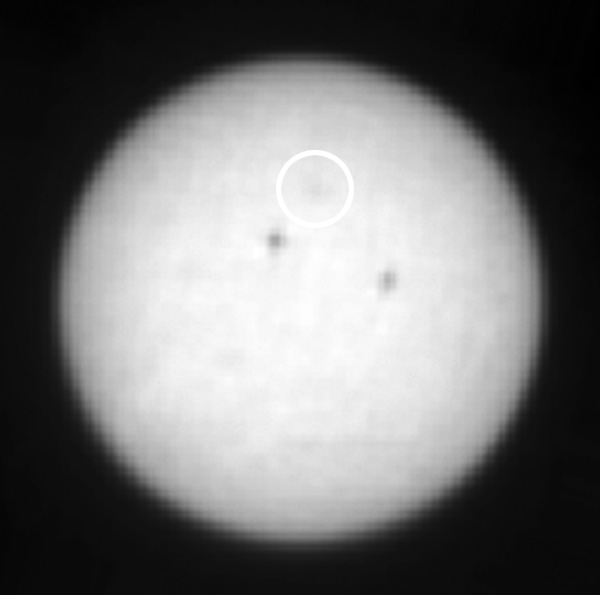 Curiosity Spotted Mercury From Mars
Curiosity Spotted Mercury From Mars
If you’ve ever seen Mercury in the early evening or morning sky you know what a challenge it can be, a tiny point of light competing with the glare from the sun – when it’s visible at all. But on June 3 NASA’s Curiosity rover managed to catch a glimpse of the innermost planet from Mars, and while it was passing across the face of the sun, too! It was the rover’s first time imaging Mercury, and also the first observation of a solar transit from another planet. Watch an animation of the event and read more here.
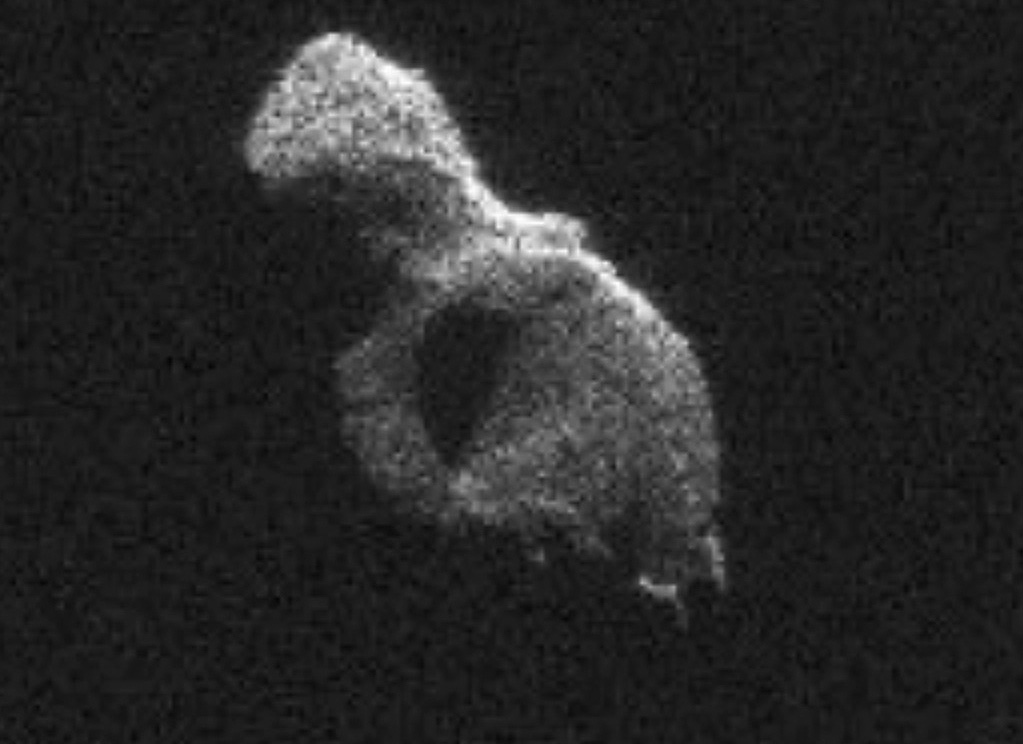 Telescopes Team Up to Image an Asteroid “Beast”
Telescopes Team Up to Image an Asteroid “Beast”
Asteroids pass by our planet nearly every day. Most are less than a few dozen feet across and keep a fair distance, but on June 8 a good-sized one came relatively close: 2014 HQ124 passed just about three lunar distances, and is about the length of a Nimitz-class aircraft carrier. While it was never thought that there would be any danger of an impact, astronomers used the opportunity to obtain some of the best images ever of a near-Earth asteroid by combining the power of two giant radar telescopes located three thousand miles apart. And while HQ124 was being called “the Beast” before its approach, after the images were obtained its true beauty was revealed. Read more here.
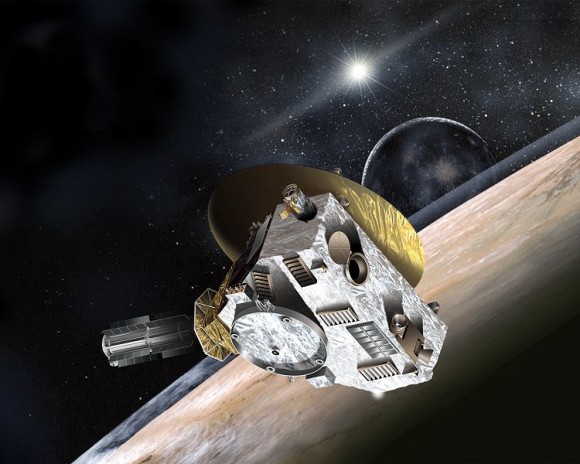 New
New
Horizons Wakes Up for the Summer
It may be time for summer vacation for lots of schoolkids here on Earth, but for New Horizons it’s time to get back to work! The Pluto-bound spacecraft awoke from a five-month-long nap on Father’s Day, June 15, and after a full systems and instrument check will begin to do some science observations as it nears the home stretch of its July 2015 pass by Pluto… some of which will result in an actual rotation animation of the dwarf planet and its moon, Charon! Also, on August 25, New Horizons will pass the orbit of Neptune (although not near the planet itself) which just happens to be the 25th anniversary of Voyager 2’s close approach back in 1989. After that, it’s into “Pluto space!” Read more here.
It really has been a busy month in space exploration and those were only just a few of the recent news stories! There were lots more, including:
…Jupiter’s Great Red Spot has become not-so-great, two new exoplanets were discovered “only” 13 light-years away, the sun blasted off three x-class flares in 24-hours, the Space Station beamed down a video via laser beam, any lunar water collection will likely have to wait until nighttime, Hubble is put to task to find New Horizons’ next target, Italy is sending espresso to the ISS (what else?), huge amounts of water are hiding inside Earth’s mantle, the ALMA observatory cut through cosmic dust to find “dark” gamma-ray bursts, and NASA’s Cassini spacecraft is celebrating ten years in orbit around Saturn! (Where does the time go?)
And, just for fun, the next time someone tells you the Apollo landings were faked you can send them this. (Not that there’s any hope for such people, but it’s good to be prepared just in case.)
Do you have any questions about these stories or want to know where you can learn more? Feel free to contact me at jpmajor@me.com, and follow me on Twitter @JPMajor and on Facebook as LightsInTheDark. Ad astra!
Jason is a freelance graphic designer and a space news blogger currently living in Warwick, RI. He writes for Universe Today, Discovery News, and on his blog LightsInTheDark.com. He has also been featured on National Geographic News, Space.com, io9.com, PhysOrg, NBC News Cosmic Log, and has attended several launch events at NASA’s Kennedy Space Center.



